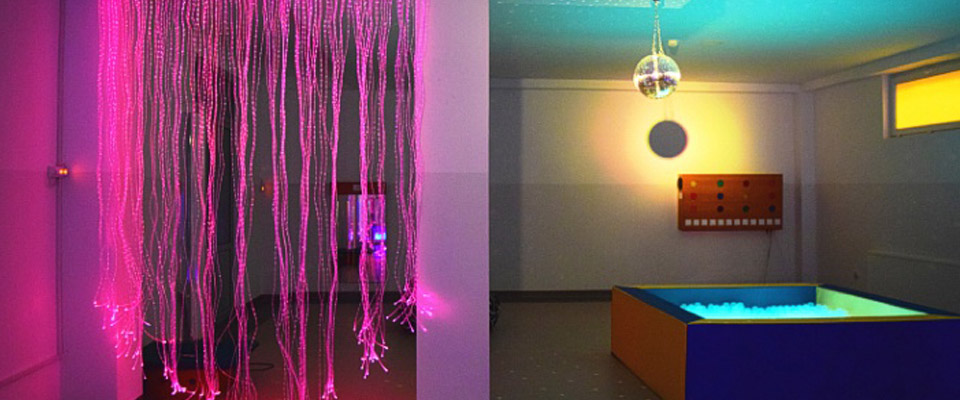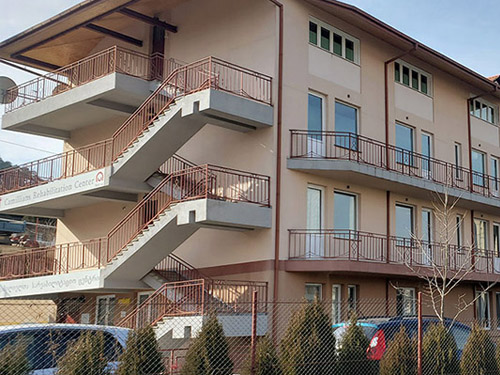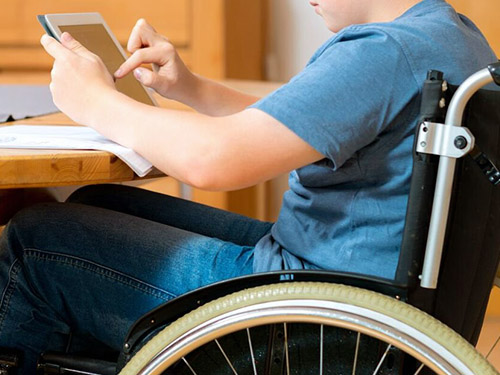2014
SENSORY INTEGRATION
Home |

With the funding of the Polish Embassy, a sensory integration program was launched and a sensory room equipped with special equipment for children with special needs was opened.
Areas of interest for sensory integration include children and adults with developmental delays who often experience sensory integration disorders that limit their independence in daily life (sight, smell, taste, touch, hearing, vestibular system).
The main purpose of sensory integration is to help children with developmental, learning, behavioral, attention deficit, organizational disabilities, and at-risk groups. These symptoms are common in children with cerebral palsy, autism, spectral disorders, brain injury, attention deficit, hyperactivity disorder.
Sensory integration, or processing of sensory stimuli, is a complex process in which the human nervous system receives information from all the sense organs, such as: sight, smell, touch, hearing, taste, vestibular system. Sensory information is then processed at different levels of the nervous system. As a result of which the organism carries out (defined type of reaction) the corresponding response which is called adaptive response. Proper sensory integration is the basis for the proper development of motor, learning and behavior. Disruption of the supply of essential stimuli during the critical period often leads to the development of inadequate reactions to these stimuli in the future.






























